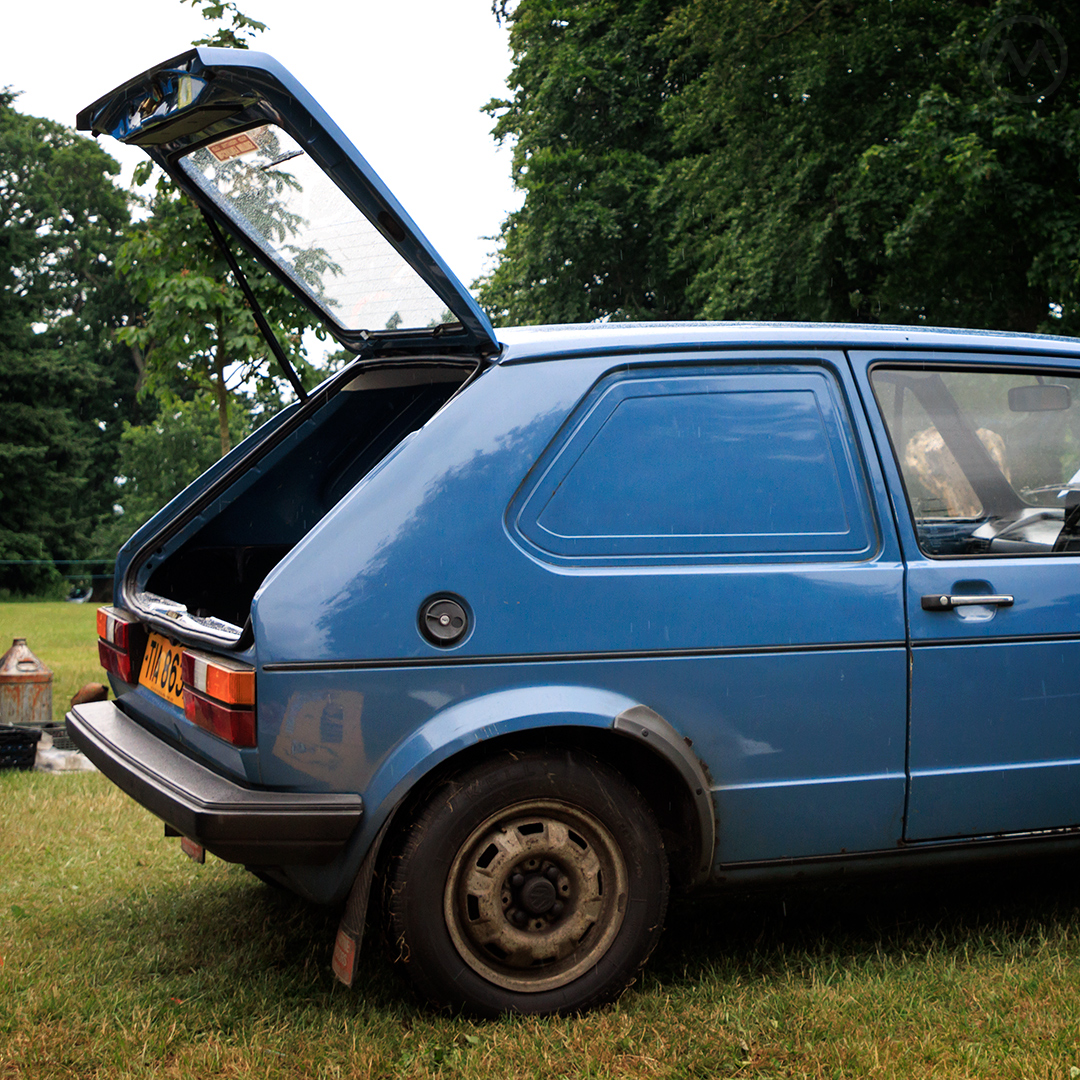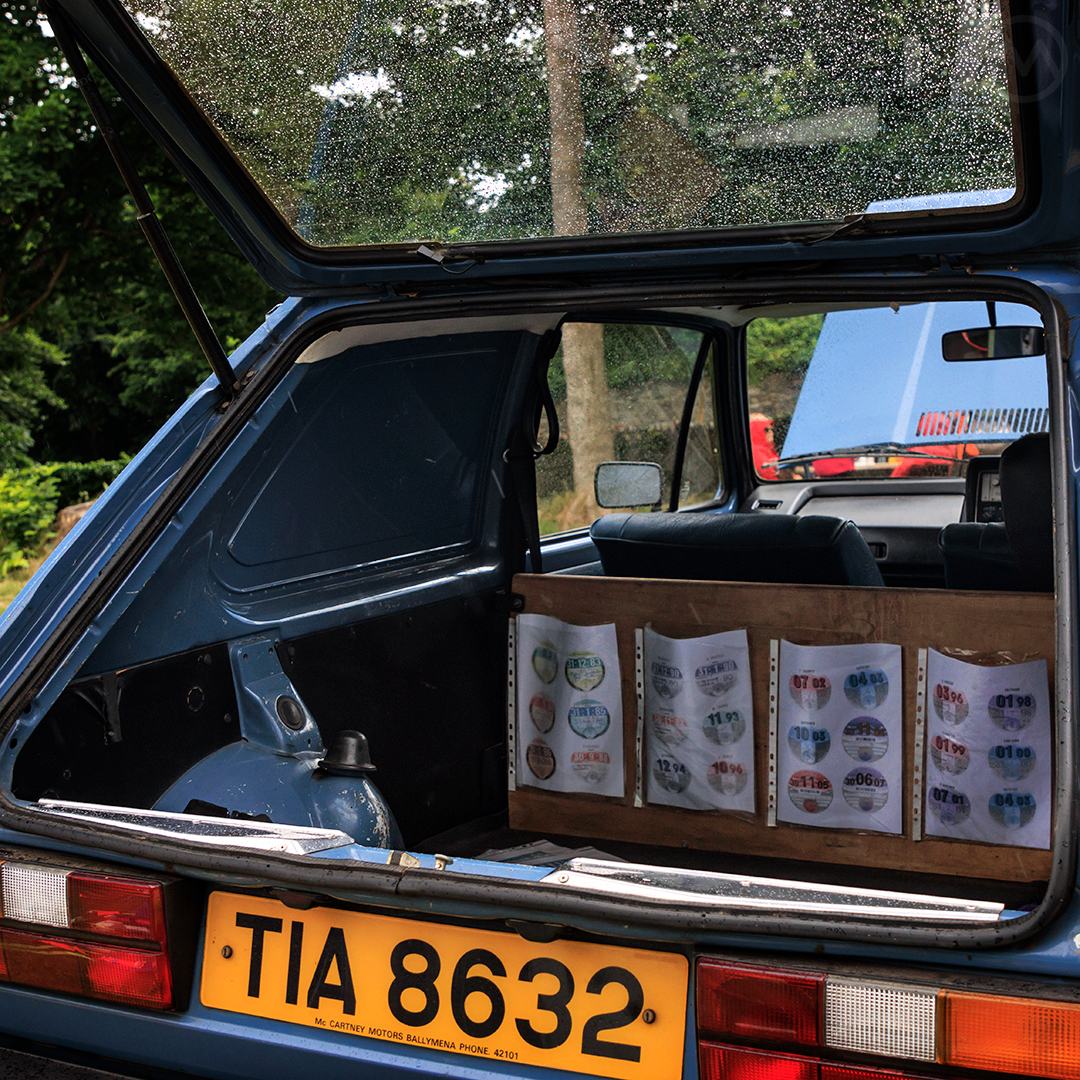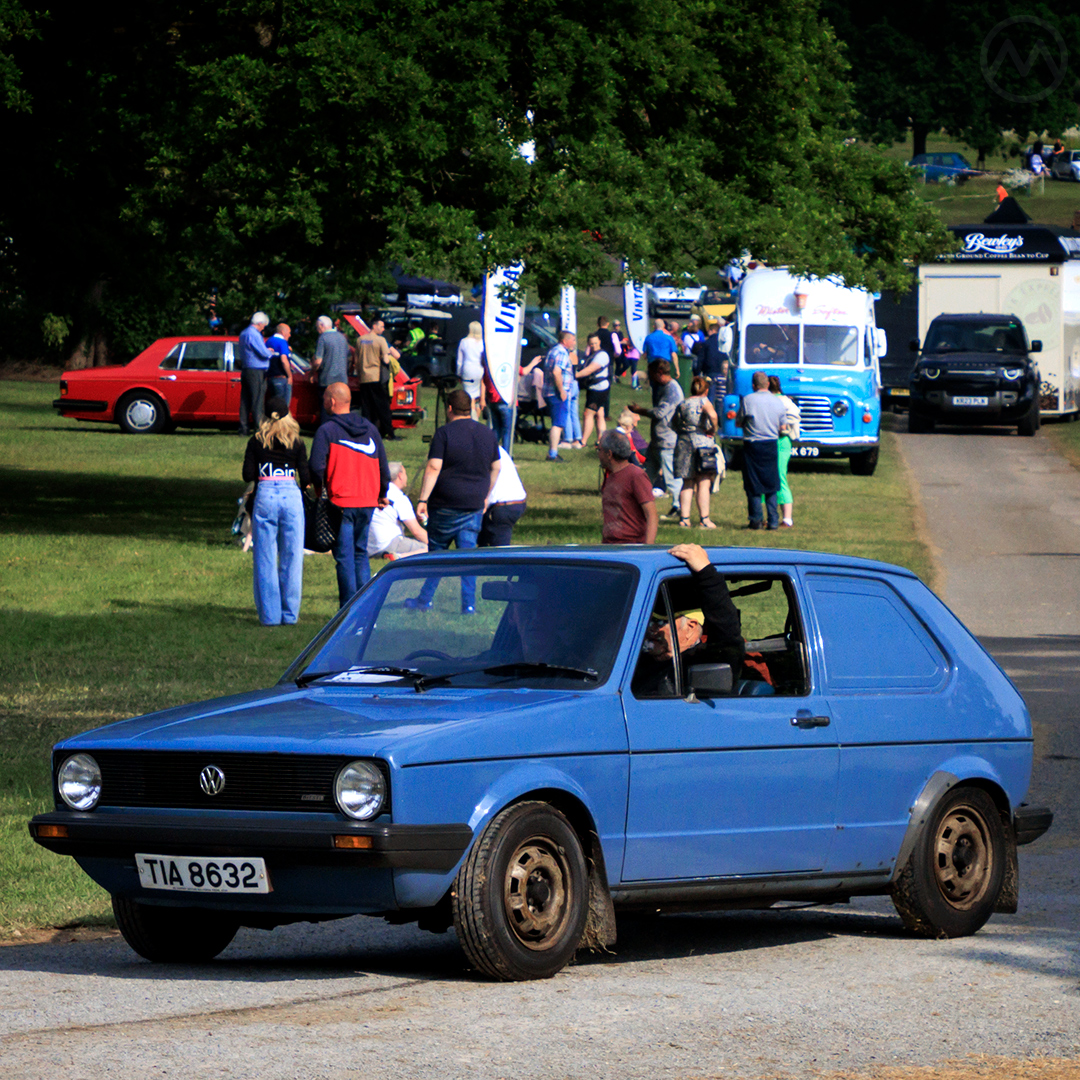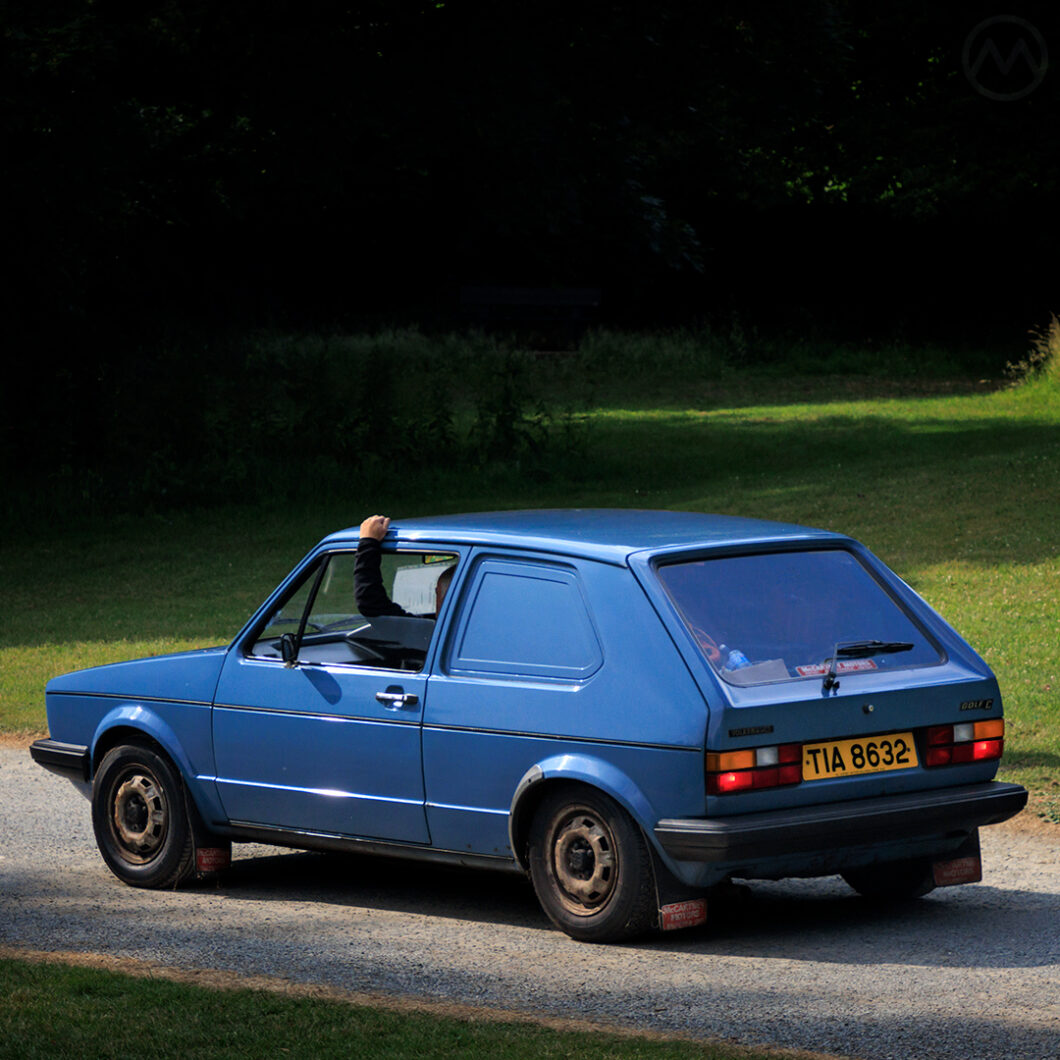We’ve shown off plenty of Mk1 Volkswagen Golfs and Rabbits before, including one of our own, but never one quite like this. The Mk1 Golf Van might be the rarest of all Mk1s, even more obscure than the early “Swallowtail” models, and it’s also one of the most interesting.
Although the Mk1 was built in a huge array of body styles (counting Cabriolets, Caddies and Jettas), the Van was the only one that was purely intended as a commercial vehicle, and it was sold in a very limited number of markets but was most popular the U.K., Ireland, and Germany.
Work vehicles rarely survive into old age, so Mk1 Golf vans are very rare now, and most of them have been modified for performance. Small, often slow and basic vans like this may not be everybody’s cup of tea, but we like to highlight the unusual and it’s a rare treat to see one looking pretty much the way a working van would have in the 1980s.
The Mk1 Golf Van
Of course, the Golf Van recipe was very simple. Take a three-door hatch, replace the back windows with metal panels, delete the back seat and cargo area cover, and put in a small partition behind the back seats. Voila, instant van, just like America’s old-time “sedan deliveries.” While the U.S. lost its appetite for such vehicles in the late 1950s, in many European and global markets, small car-based vans were a staple of the work-vehicle market for many more decades.

In Ireland, though, 1970s and 1980s tax rules favoring vans meant that all sorts of hatchbacks got the “van” treatment, even if they weren’t truly envisioned as “commercial vehicles.” You could, at one point, buy things like a spoilered, body-kitted Renault 19 16V van in bright red paint with flashy alloy wheels. The Golf van, however, was always meant as a worker bee and came late to the lineup.
Information about just why and when the decision was made to build them is thin on ground, but Golf Vans seem to have come online in 1980 and it wasn’t hard to create. They were offered only through 1983 when German Golf production switched over to the Mk2 Golfs (a van version of which debuted almost immediately).
Lefthand-drive versions were built, as the “Stadtlieferwagen” (translated “City Delivery Van”) for Austria, Germany and a few other places like Demark and the Netherlands, but very few of them seem to survive relative to the U.K. and Ireland. In the latter three countries, the label was just “Golf Van.”
Sadly, these vans certainly weren’t on the menu for North America, where local Golf (aka Rabbit) production began in Westmoreland, Pennsylvania in 1979. In 1980, however, Volkswagen’s U.S. operation was readying the Rabbit Truck. That model later became the global-market Caddy and, ironically, was on sale in Europe far longer than the Mk1 Golf Van.

Basic But Good
Mk1 Golf vans came only with the 1.1-liter EA111 gas engine (50-60 hp) or the 1.6L EA 827 diesel (54 hp). Both were meant for low-cost operation rather than fun, although even slow Mk1s are fun to drive and deleting part of the interior made them a little lighter. The latter would be a familiar engine to North American Mk1 fans as that was the primary diesel variation for the Pennsylvania-built Rabbits. (A turbodiesel version was also offered here, but not in the van back across the pond).
The forward part of the van’s cabin was identical to a Golf C, typically with a radio delete, but not so different from poverty-spec “civilian” cars. Options, and even colors, were very limited. In RHD markets, you could only get them in Alpine White, Black, Mars Red or Monaco Blue.
Golf vans had 45 cubic feet of cargo volume and had a 9.5 cwt (1,060 lb.) payload rating, which made them a good little work vehicle on the cheap, with 45 mpg from the diesel.

There are lots of nice touches on this circa-1982 Northern Irish van, including the original steel wheels and the mudflaps with the dealer name on them (McCartney Motors of Ballymena, still in business!). It looks just like a regular van would have 30 years ago. Under the hood, there’s a 1.6-liter diesel.
Car-based vans are now getting rare in these crossover-laden days, but the Mk1 seems an especially rare bird 40 years later, in part because of normal attrition, but also possibly due to the fact that Ford and GM vans were much more popular in those two markets. Mk2 Golf vans seem to have sold much better, but like all commercials, even those are rare now.
There were also Mk3 and later vans, but eventually, they were supplanted by the Polo-based Caddy and, in time, the stand-alone Caddy MPV.

Like the Mk1, the later Golf vans were built only with the most basic interiors and lowest-power, highest-mpg engines. They were, after all, meant to save businesses money. They’re very popular with modifiers now though, as there’s less to strip out and they’re distinctive from regular Golfs. We spied this very original one at the 2023 Kilbroney Vintage Show.

